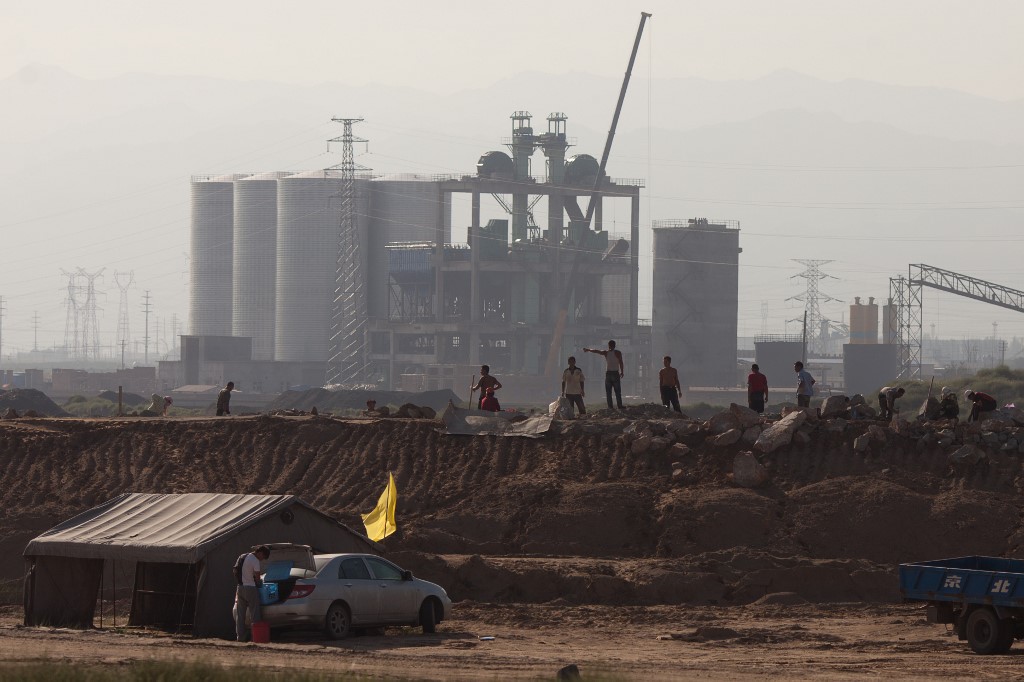Rare earths have had another price spike – of around 11% – as China begins to discuss further export restrictions.
China currently mines and processes as much as 90% of the world’s rare earths. Even rare earth deposits from other countries are sent to China as only the PRC has this capability because processing facilities in countries such as the US closed down.
As AF has reported, the supply of rare earths was likely to tighten as China heads into its traditional Lunar New Year holiday. But the latest news that China plans further export restrictions sent prices soaring.
With the development of global science and technology, the importance of rare earth is getting increasing attention and importance. In many high-tech products, the proportion of rare earths is not high, but vital. In effect, high-tech industries need rare earths to exist to a large extent.
Sina Finance reported the United States, despite being a major technological power in the world, is completely reliant on imports of rare earths.
According to data previously released by the United States Geological Survey, the US is 100% dependent on imports of rare earths, while China, as the world’s largest exporter of rare earths, provides 80% of the US’ rare earth supply – much higher than its second largest supplier, Estonia, at 6%.
In the current market any action by China on rare earths will affect the United States and other major importers of rare earths.
Proposal to Manage Sector
China’s Ministry of Industry and Information Technology has issued proposed regulations on the management of rare earths for public comment. These aim to “strengthen” control of the rare earth industry.
However, the proposals put forward would see the government controlling quotas for rare earth mining, smelting and separation. This has allegedly boosted market confidence in development of the industry.
More importantly, the draft proposal notes that “in order to protect natural resources and the ecological environment, the state can take necessary measures to restrict or stop rare-earth mining and rare-earth smelting and separation.”
The price of stocks related to the rare earth industry have soared since the draft notice was released.
The Hong Kong Economic Journal reported on Thursday January 21 that shares had shot up by 44% at one point, and 70% in intra-day trading.
In addition, Northern Rare Earth, Minmetals Rare Earth and Shenghe Resources all rose to daily limits on the A-share market.
The price of rare earths had already been rising. The report noted that as of January 19 this year, the price of neodymium praseodymium oxide has risen to 451,000 yuan/ton – an 11% increase over the price at the end of last year (407.5 million yuan/ton).
And it is expected that rare earth prices and related stock will continue to rise. According to the news from the financial community on Thursday, the rare earth sector set off ‘a daily limit wave,’ with many stocks closing strongly.
Other rare earth stocks that did well on the A-share market include Dadi Xiong, which rose by nearly 15%, while Dehong, Taihua, Xiamen Tungsten, Shenghe Resources, Guangsheng Nonferrous, Northern Rare Earth, Minmetals Rare Earth, and Beijing Mining Technology also reached their daily limits.
‘Favourable to Leading Companies’
Southwest Securities said the the new legislation could help establish a long-term mechanism for regulating development of the industry, and the future structure was likely to give favourable competitive advantages to leading companies.
The legislation is billed as the first law to confirm that rare earths are important strategic resources, and would have legally clarified management systems likely to safeguard China’s interests and the security of strategic resource industries.
Clear penalties for violations would help authorities to crack down on illegal mining and production, as well as setting up a long-term mechanism for the development of industry standards, and optimising future industry patterns.
Leading companies in the industry are involved in separation of mineral elements. The index would account for a relatively large proportion, while production and operation are standardised, which would help accelerated development of the industry in the future.
Guosen Securities analysed the main factors for the price increase of rare earths, saying it was driven by demand, especially in several major areas. Sales of new energy vehicles, a surge in wind-power installations, and the implementation of the new air-conditioning energy-consumption standards have driven demand for neodymium iron boron, for example.
Domestic rare earth supply is concentrated in the six major rare earth groups, while the total amount of rare earth mining is controlled.
After the industry was reorganized during the “13th Five-Year Plan” period, which ended last year, supply has been relatively rigid, and increasing demand in various downstream areas was likely to trigger a sharp rise in prices, it said.
The recent recovery in economies overseas, especially in advanced manufacturing, was expected to boost further growth in demand, it said, while domestic demand also remains high and supply remains tight.
• By Chris Gill
This page was upgraded on February 2, 2022 to meet style standards.
ALSO SEE:
China enforces new export controls, red letter day for rare earths
China threatens rare earths blacklist as trade war expands
China rapidly expanding Baotou rare earth high-tech zone
Battle for rare earths escalates as Pentagon gets involved
Beijing tightens reins on global rare earths supply
























